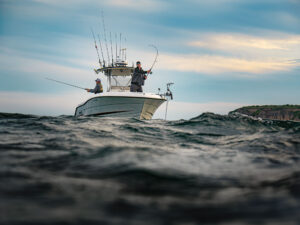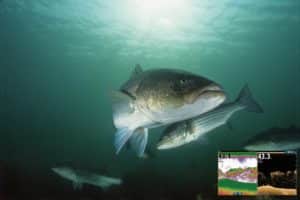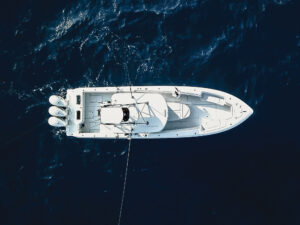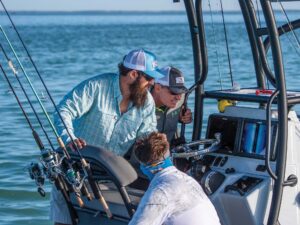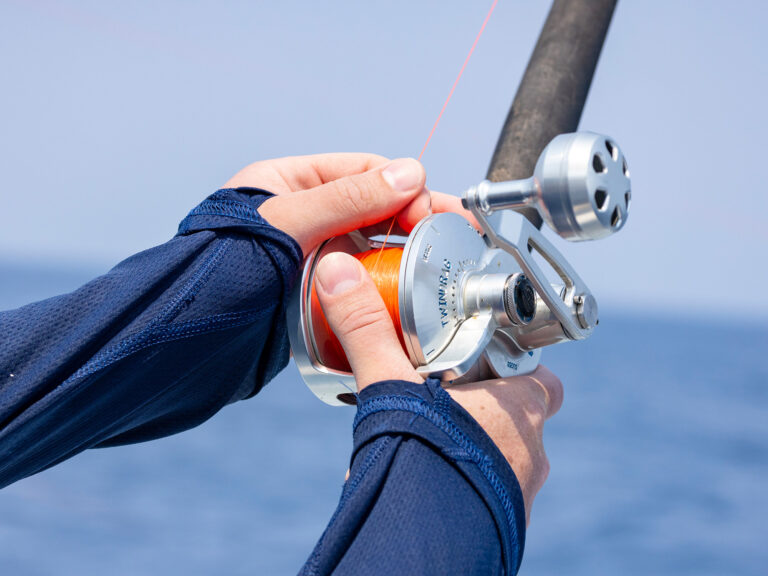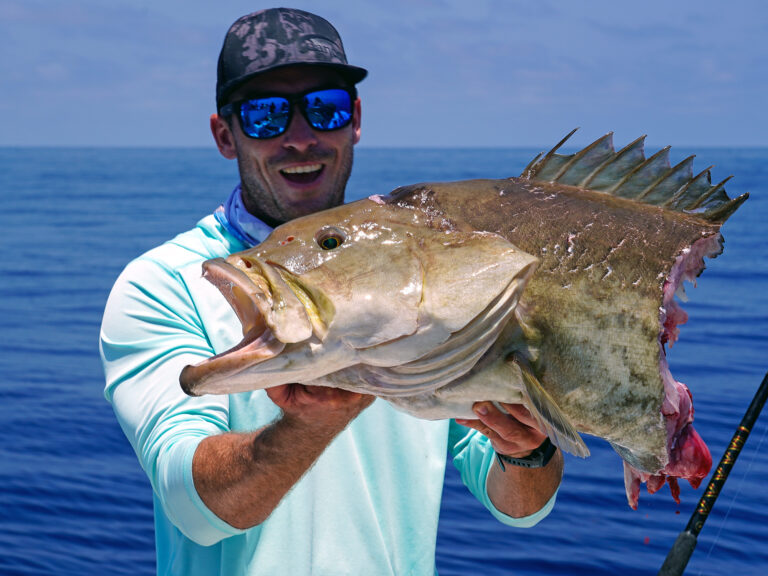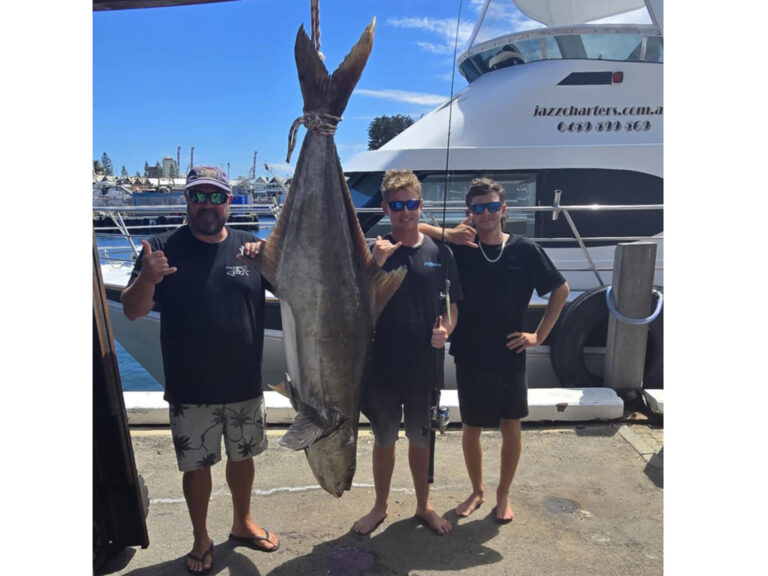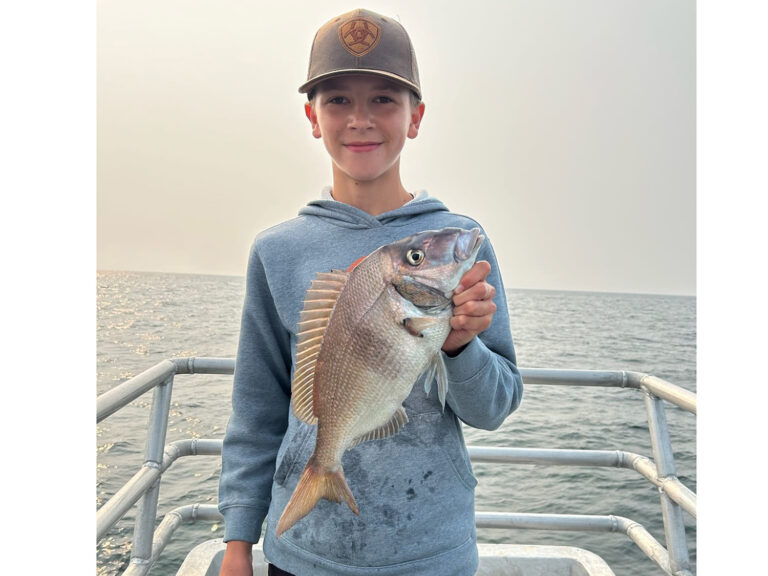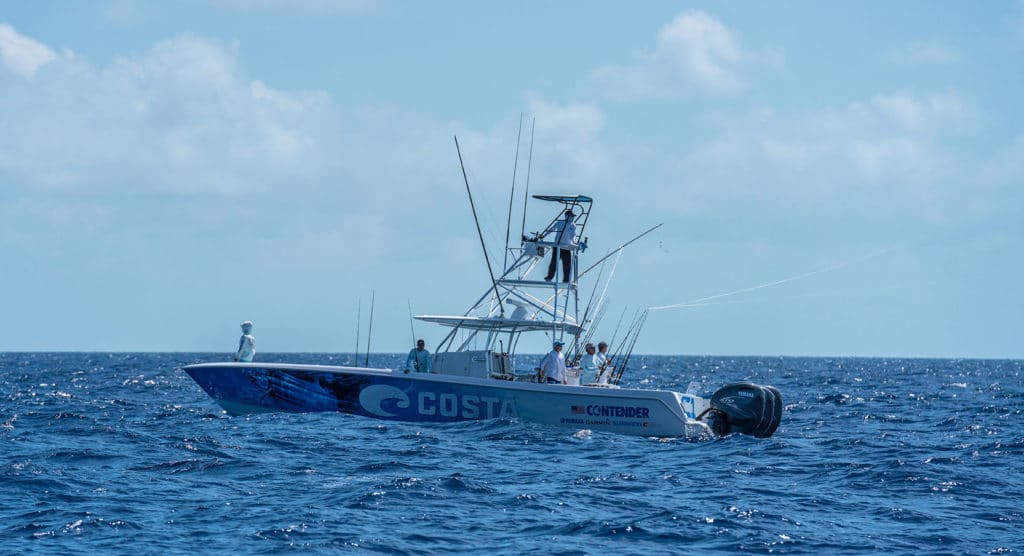
South Florida’s sailfish tournament circuit represents one of the world’s most equipment-intensive, information-driven and competitive-angling disciplines. And few people are more capable at it than Capt. Jon Cooper of Contender Boats’ C1 factory team, which this year campaigned the new Contender 44 ST.
This big center-console fishing machine features state-of-the-art equipment throughout, including triple Yamaha 425 XTO outboards, twin Garmin GPSMAP 8624 multifunction displays at the main helm, and a Garmin GPSMAP 7610 in the tower station.
“If you’re serious about competing in these offshore tournaments, you need the best of everything,” says Cooper, who has fished the waters off South Florida for nearly four decades. His C1 team consistently places well in tournament competition, including a second-place finish in this year’s Final Sail, the grand finale in the Quest for the Crest tournament series, in the waters off Miami Beach.
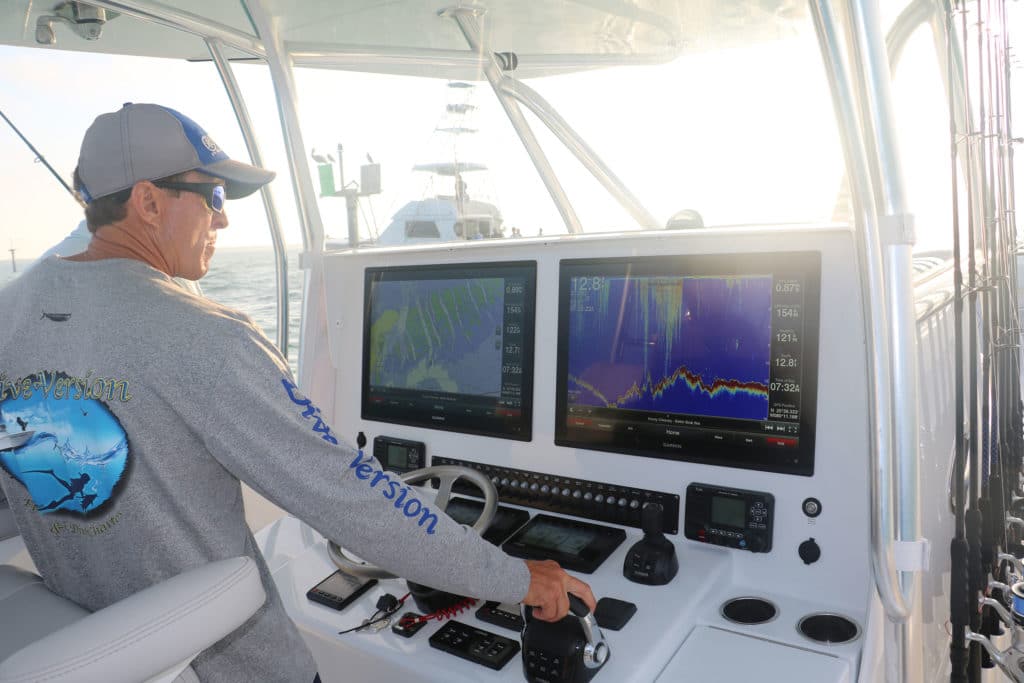
Bait Search
Having top-notch marine electronics can help tip the odds in your favor, Cooper says. It starts even before the tournament gets underway. That’s when Cooper and his team rely the Garmin GSD 26 chirp sonar displayed on one of the two GPSMAP 8624 MFDs to find and catch Spanish sardines—the captain’s favorite bait when fishing for sails.
“The densely packed, fast-moving bait schools often hang near the bottom in water as shallow as 25 feet in depth,” Cooper says. “We get into a likely area and cruise along until we get right on top of a school, then the crew quickly drops sabiki rigs to catch baits and transfer them to the livewell before the fish jet away.”
Using the chartplotter mode on the second Garmin GPSMAP 8624 MFD, Cooper enters waypoints on the chart plotter each time he locates a school. These waypoints, along with the boat’s recorded track on a BlueChart g3 Vision shaded-relief bathymetry electronic chart, offer important clues as to where the bait schools are concentrated on any particular day. This information also provides a starting point when searching for bait to fill the livewells on subsequent days.
“Finding bait is a hunt each day, but if the weather and water remain stable, the Spanish sardines tend to hang out in the same general area,” Cooper explains.
Looking for Indicators
Loaded with live bait, Cooper pilots the C1 offshore using the Garmin chartplotters and BlueChart g3 cartography to help guide the way. On days when he is pursuing other game such as blackfin tuna and mahi, he uses the bird-mode function on the C1’s GMR 1224 xHD2 radar to locate seabird activity—a telltale sign of fish feeding below.
This is where the large, bright, high-definition IPS displays come in particularly handy, allowing captains to quickly recognize wheeling and diving seabirds such as gannets, frigates and terns.
On sailfish tournament days in South Florida, however, the key indicators are current and water color. Cooper uses the sonar to look for these indicators in depths ranging from 80 to 250 feet. When the ocean water changes to purple-blue in color, it means he has reached the inner edge of the Gulf Stream and it is time to fish.
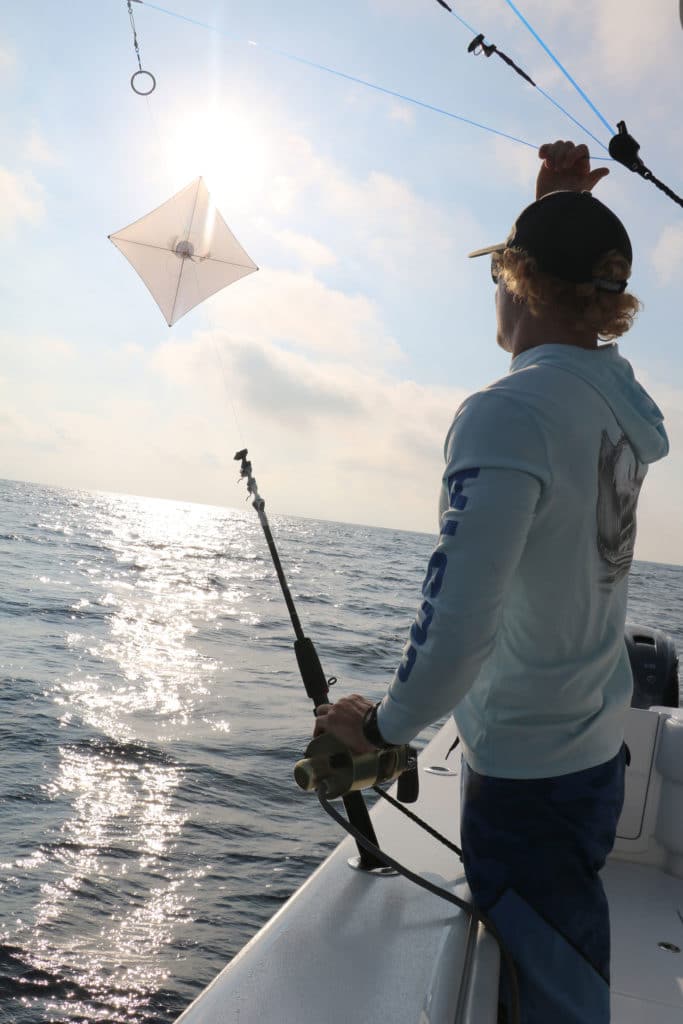
Go Fly a Kite
Kite-fishing with live bait is the time-proven method for enticing sails to bite in these offshore waters. When executed properly, it is very effective, and the information provided by the Garmin chartplotter and sonar helps maximize tournament success for the C1 team.
“Conditions are dictated by the Gulf Stream current,” Cooper says. “One of the first things you want to know when kite-fishing is what direction the current is running, because it helps you decide where to set to start fishing.” Interestingly, the water does not always stream northward. Eddies sometimes swirl on the inner edge, bending the current southward.
To find the direction, Cooper shifts the engines to neutral and zooms in on the Garmin chart plotter to watch the boat’s track. Within a minute or two, you can see which way the current is moving the boat.
Once the kites are up and baits deployed, Cooper continues to monitor the boat’s track from the GPSMAP 7610 display in the tower station. This tells him if the boat is drifting as planned.
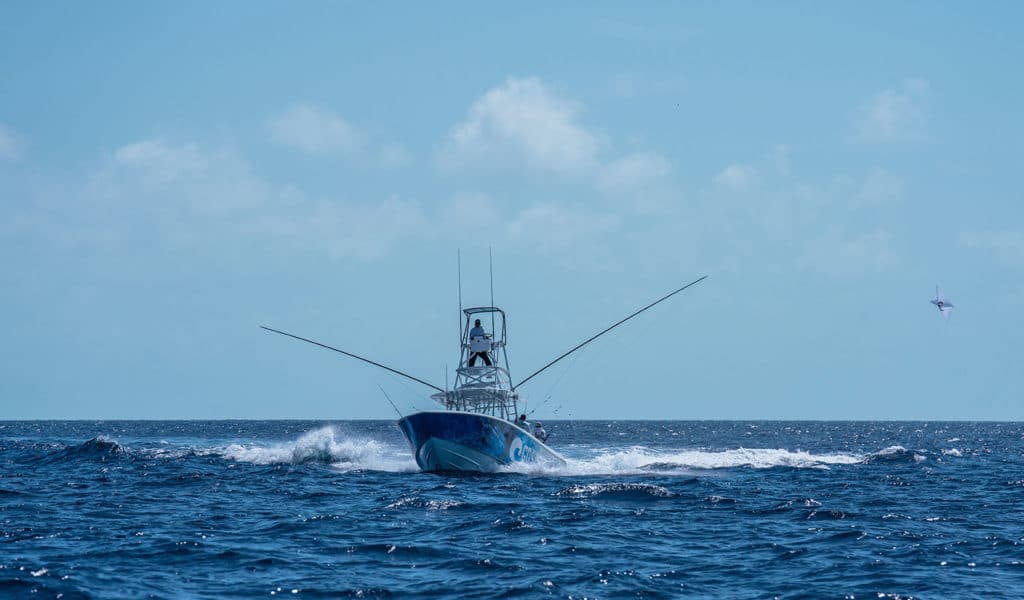
Return to Action
When a hookup occurs, Cooper notes the depth on the sonar and will sometimes create a waypoint for the spot on the chartplotter. Down on deck, controlled chaos often ensues as the crew scrambles to avoid tangles while the angler fights the sailfish. What’s more, sails often travel in schools, so multiple hookups are common. Battling two, three or even four sails can gobble up a half-hour or more, and by that time the boat has often drifted far from where it started.
Cooper uses the track on the Garmin chartplotter to reposition the boat, but he does not always return to the exact spot where the fish bit. “We want to get ahead of the fish, which are always moving south,” he explains. To do so, the captain will motor south a few miles from the original hookup spot.
At the same time, he uses the sonar to put the boat in same depth as where the previous hookup occurred. This leapfrogging technique is one of the keys to the C1 team’s tournament success—a technique in which Garmin marine electronics give Cooper and crew a competitive edge.

